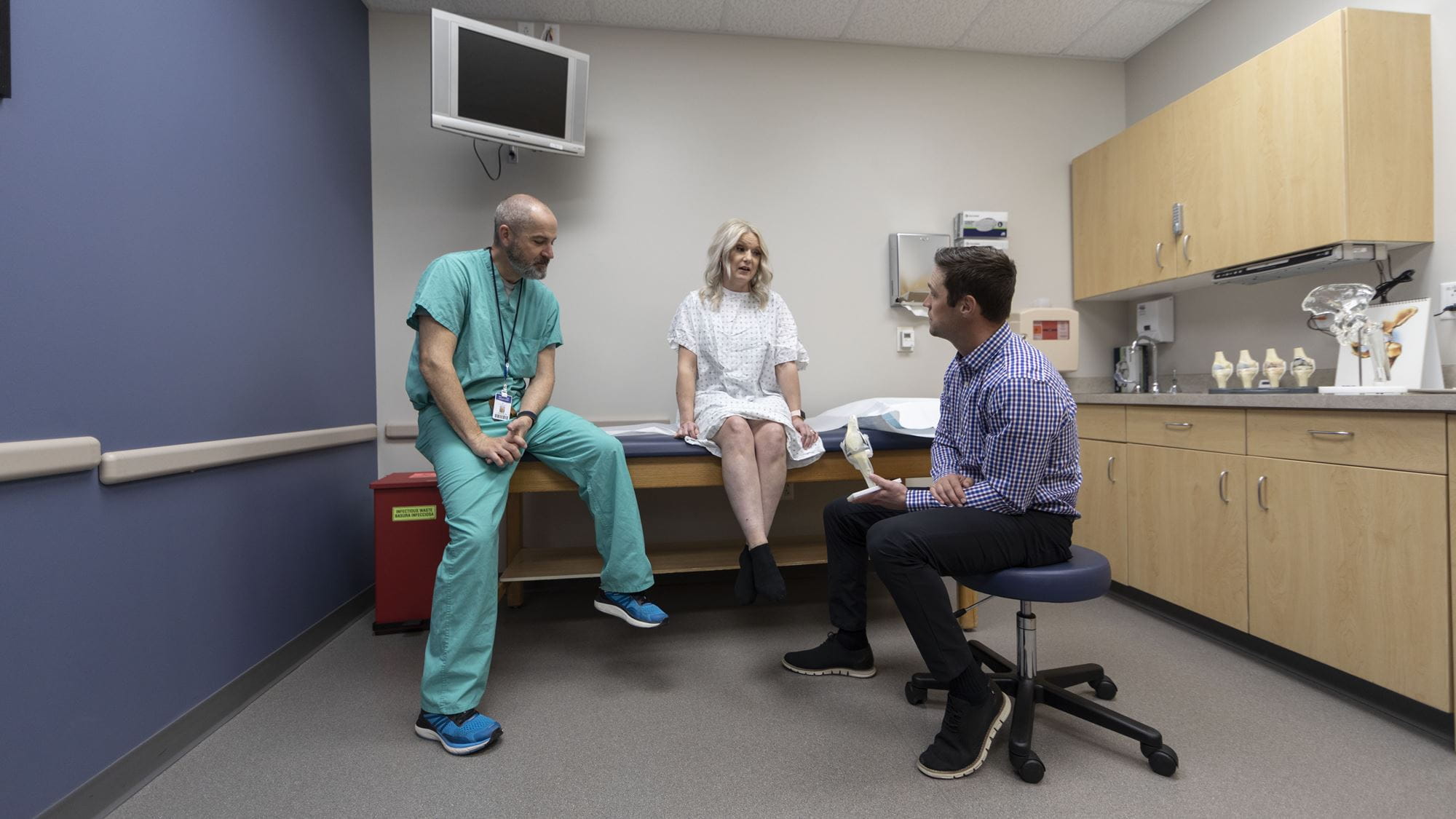What is Dupuytrens Disease?
The fingers and palm of your hands are held together by tough connective tissues under the skin. Dupuytren’s contracture is a deformity of the hand that occurs when connective tissue under the skin on the palm or fingers hardens and shortens. When this tissue gets harder, fingers start to bend or curl downward, making it hard or even impossible to keep your fingers straight. It often gets worse over time.
Dupuytren’s disease can affect any finger on the hand, but it most often appears in the ring finger. It can affect one or both hands.
There may be no pain associated with the hardening of the tissue, but sometimes the tissue can swell and cause joint pain, burning, or itching. If you have Dupuytren’s contracture, you might have problems doing everyday tasks like writing, cooking, typing, or tying your shoes.
Related Conditions
People who have Dupuytren’s are also at a higher risk of joint-related conditions in other areas of their bodies. Similar conditions that can happen along with Dupuytren’s contracture include:
- Stenosing tenosynovitis. More commonly called trigger digit or trigger finger, this is a disorder in the tendons that connect the forearm muscles to your fingers. People with trigger digit have tendons that get stuck, which makes the fingers stay in a locked position and “click” when they’re straightened out.
- Carpal tunnel syndrome (CTS). CTS is a weakness in the thumb, index finger, and forefinger, that can be caused by repetitive stress and other factors.
Symptoms
Dupuytren’s contracture starts with a painless thickening of the connective tissue under the skin of the palm. Over time symptoms can include:
- A hard lump in the connective tissue
- Stiffness in the finger joints
- Difficultly straightening the finger(s)
- Increased pressure in the fingers as they curl downward
As the condition gets worse, it may become impossible to straighten fingers at all.
Causes
The exact cause of Dupuytren’s disease is not known. However, some things may increase your risk. These can include:
- Age over 40.
- Being male. The condition is much more common and more severe in men than in women.
- Taking certain medicines such as antiepileptics.
- Past injuries to the hand.
- A parent or other close family member who has had this condition.
- Ethnicity. People who have Northern European or Scandinavian ancestry have a higher risk to get the disease.
- Certain medical conditions, such as diabetes, high cholesterol, and problems with the thyroid.
Treatments
Treatment depends on how hard the tissue in your hands has gotten. If the condition is progressing slowly, not causing pain, and not interfering with your life, you may not need treatment.
If your condition is more severe, your healthcare provider may recommend:
- Corticosteroid medicine. This treatment helps keep the tissues from getting too thick or too hard. It also makes swelling go down and relieves pain. Sometimes it heals the tissue completely, but for this to happen you may need multiple treatments.
- Collagenase. This substance is injected into the tissue to soften it and disrupt it.
- Aponeurotomy. A small needle is put into the tissue to separate areas that have hardened.
- Radiation. Radiation treatment may be able stop the tissue from thickening, or slow it down significantly.
- Surgery. This option is reserved for severe cases, and when other treatment options have not helped. Surgery paired with physical therapy can restore the hand’s motion.


